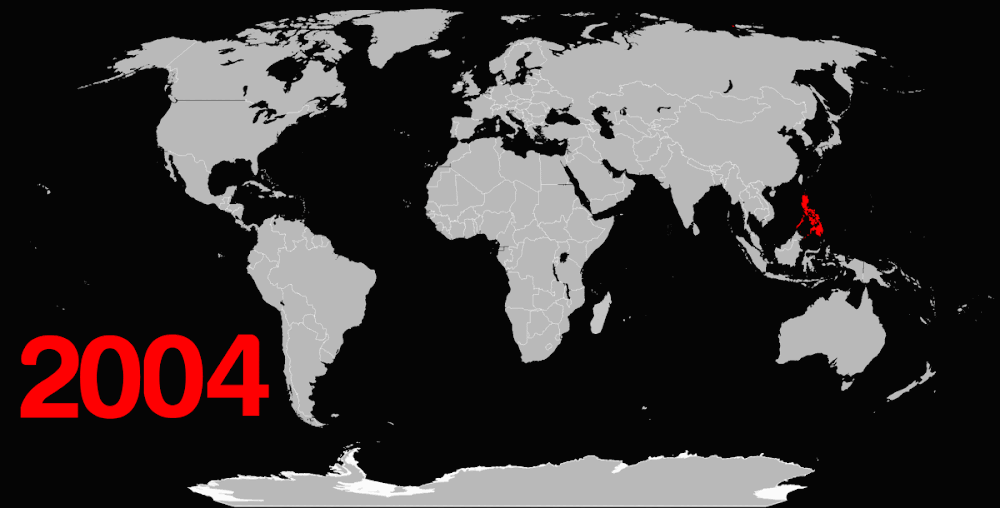The book I am using is Contemporary
Japanese Vol. 1 by
Eriko Sato from the Tuttle Language Library. Volume
1 of the book has 61 lessons. Target end date is March 20, 2012.
No Earthlings, I am not enrolling in
any kind of Japanese course in the near future. Everything Japan is expensive,
even courses held here in the Philippines. This is sad because it puts Japanese
behind Mandarin and Korean on my priority list. Unfortunately, this is reality.
I love Japanese the most if I am to choose among the three, if pronunciation is
the only criterion. Nihongo does not give me the headaches that Mandarin tones
and ambiguous Korean vowels/consonants do. Maybe that’s why it would be best
that I study it on my own, because it has been manageable so far.
MONDAY: Lesson Eighteen – それはいくらですか
We have two grammar points to tackle to conclude this
chapter and the first one is the particle ~と which means and/also and is used to enumerate items when there are more
than one. Please give me this and that would be これとそれをください. As you can see, the particle is no longer added at
the ends of the last item because
the last item usually takes another particle, in this case the direct object
particle highlighted in bold. That
sentence is cool because it also serves as an example for our other grammar
point today which is Please give me... をください.
TUESDAY: Lesson Nineteen - カタカナ
I’ve always
hated the Katakana, and I hate the fact that this book tackles all of them in
just one lesson. How insane is that. I prefer hiragana but we cannot disregard
the Katakana and pretend that it wouldn’t exist if we ignored it. Anyway I do a
rushed version of it in the video so let’s just watch that one to know how to
write this new syllabary.
WEDNESDAY: Lesson
Nineteen - カタカナ
Again, let’s
go and watch the video. I am not writing any Katakana in here! Let’s reserve
that for tomorrow’s lesson where we would study some loan words. Yes, loan
words. The Katakana functions as italics to the Japanese. They use it to write
words they want to emphasize and as mentioned, words that are foreign. Because
of this even if you have not memorized all of the Katakana characters, once you
recognize a few of them it would be easy to find out what the word is because
you know it is a loan word. This is mostly true for country names.
THURSDAY:
Lesson Twenty – がいらいご
Lesson twenty
is all about loan words where we apply the use of Katakatana, meaning today and
tomorrow would be practice lessons both here and in the video. English loan
words in Japanese sometimes undergo weird mutations that they are hard to
recognize at first, but one you know the underlying mechanism, you’ll slowly
get used to it. Our tip for the day would be about consonant clusters. Japanese
does not have them, and English has many, which results in Japanese adapting
some sort of pronunciation system where they add a “u” or “o” sound to the
consonant to break them into two different syllables. Example? Necktie has clashing
consonant sounds (“k” and “t”) so they pronounce this as “nekutai” and in
Katakana, is written like ネクタイ. The word strike
has a three cluster consonant at the very
beginning. In Japanese, they form three syllables: sutoraiku which is written
as ストライク. When in doubt, observe the consonants and assign one
syllable for each.
FRIDAY: Lesson Twenty – がいらいご
The Katakana is also used to write
names, since not all of us have Japanese names. I would just give you some
examples of how Western names are written with Katakana. Example number one: Susan Brown would be written as スーザン ブラウン (Suuzan
Buraun). Take note that when you key this in via Microsoft Word, you have to
spell it as you pronounce it. A weirder example would be: Robert
Webster which is written as ロバート ウエブスター (Robaato Uebusutaa). I know, it
could be hard and you don’t really know at once when some vowel sounds should
be long or what vowel to use in the first place. For now I would suggest that
you just find out how you write your own name in Katakana. That’s what’s
important for now. Mine is Alfred so it
would be written like: アルフレッド (Arufureddo).
For next week I would be covering lesson
twenty one until the first half of lesson twenty three. We can do this guys!
The goal is to pass the N5 examination of the JLPT in December 2012! =)



_poster.jpg)



2 creature(s) gave a damn:
こんにちは~はじめまして!セブ市のジェムです。私も日本語勉強中なので、よろしくお願いします~!このブログはいいね!!私がブログも出来たばかりですけど、http://japanheartcebu.wordpress.com/ どうぞご覧ください~!リンク/ブログロール交換してはどうでしょか?:D
@Rarusuchin - こんばんは! Rarusuchinは 日本語の先生ですか? Rarusuchinの BLOGは みましたよ! 今まで will follow it! Sorry, among my three East Asian languages, my Japanese is the weakest. :)
Post a Comment